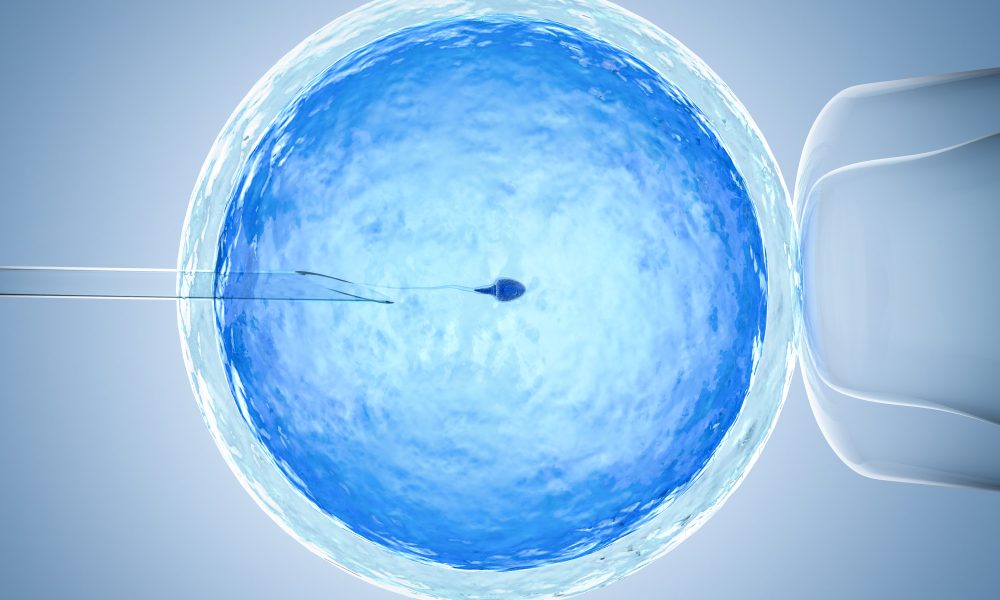
Exposure to fine particulate matter (PM) prior to the retrieval of eggs during IVF can reduce the odds of achieving a live birth by almost 40 per cent, a new study has found.
The study analysed PM10 exposure in the two weeks leading up to egg collection, finding that the odds of a live birth decreased by 38 per cent when comparing the highest quartile of exposure to the lowest quartile.
Dr Sebastian Leathersich led the study.
The researcher said: “This is the first study that has used frozen embryo transfer cycles to separately analyse the effects of pollutant exposure during the development of eggs and around the time of embryo transfer and early pregnancy.
“We could therefore evaluate whether pollution was having an effect on the eggs themselves, or on the early stages of pregnancy.
“Our results reveal a negative linear association between particulate matter exposure during the two weeks and three months prior to oocyte [egg] collection and subsequent live birth rates from those oocytes.
“This association is independent of the air quality at the time of frozen embryo transfer.
“These findings suggest that pollution negatively affects the quality of the eggs, not just the early stages of pregnancy, which is a distinction that has not been previously reported.”
Conducted over an eight-year period in Perth, Australia, the research analysed 3,659 frozen embryo transfers from 1,836 patients.
The median female age was 34.5 years at the time of egg retrieval and 36.1 years at the time of frozen embryo transfer.
The study examined air pollutant concentrations over four exposure periods prior to egg retrieval (24 hours, two weeks, four weeks, and three months), with models created to account for co-exposures.
Increasing PM2.5 exposure in the three months prior to egg retrieval was also associated with decreased odds of live birth, falling from 0.90 in the second quartile to 0.66 in the fourth quartile.
Importantly, the negative impact of air pollution was observed despite excellent overall air quality during the study period, with PM10 and PM2.5 levels exceeding WHO guidelines on just 0.4 per cent and 4.5 per cent of the study days, respectively.
Ambient (outdoor) air pollution is one of the greatest environmental risks to health and is estimated to cause over four million premature deaths per year worldwide.
Exposure to fine particulate matter is associated with a range of adverse health conditions, including cardiovascular and respiratory diseases.
In 2021, 97 per cent of the urban EU population was exposed to concentrations of PM2.5 above the WHO annual guideline.
Although epidemiological data show a clear correlation between pollution and poorer reproductive outcomes, the mechanisms remain unclear.
Dr Leathersich said: “Climate change and pollution remain the greatest threats to human health, and human reproduction is not immune to this.
“Even in a part of the world with exceptional air quality, where very few days exceed the internationally accepted upper limits for pollution, there is a strong negative correlation between the amount of air pollution and the live birth rate in frozen embryo transfer cycles.
“Minimising pollutant exposure must be a key public health priority.”
Professor Dr Anis Feki, Chair-Elect of ESHRE, added: “This important study highlights a significant link between air pollution and lower IVF success rates, with a notable reduction in live births associated with higher particulate matter exposure before oocyte retrieval.
“These findings emphasise the need for ongoing attention to environmental factors in reproductive health.”




